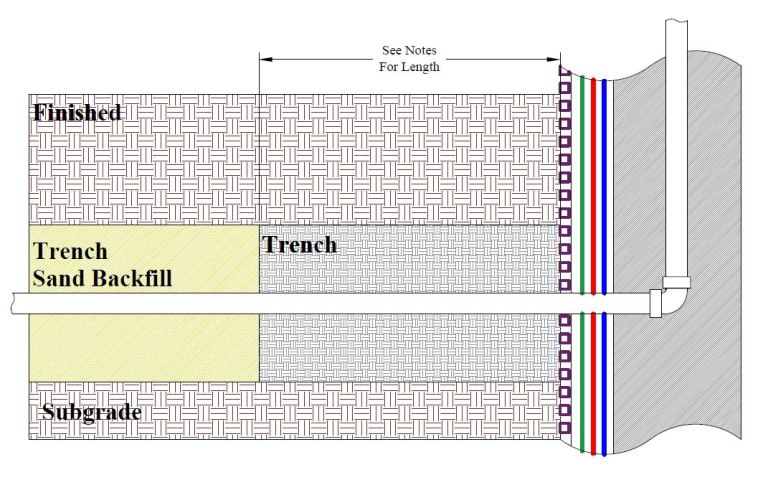What is a Concrete Arch Dam?
A Concrete Arch Dam is a curved freshwater-retaining structure that is concave in the hydro-geologically down-gradient direction, and uniformly thick from the base to top. With Concrete Arch Dams, a major part of the water load value gets distributed to the abutments of the dam. Thus, Concrete Arch Dams require adequate foundation materials that can sustain higher degrees of saturation and hydrostatic pressure. Concrete Arch Dams tend to exist in mountain gorge areas where aggregates for the concrete are less attainable. The alternative types of dams are Concrete Gravity Dams, Embankment Dams, and Concrete Slab & Buttress Dams.



